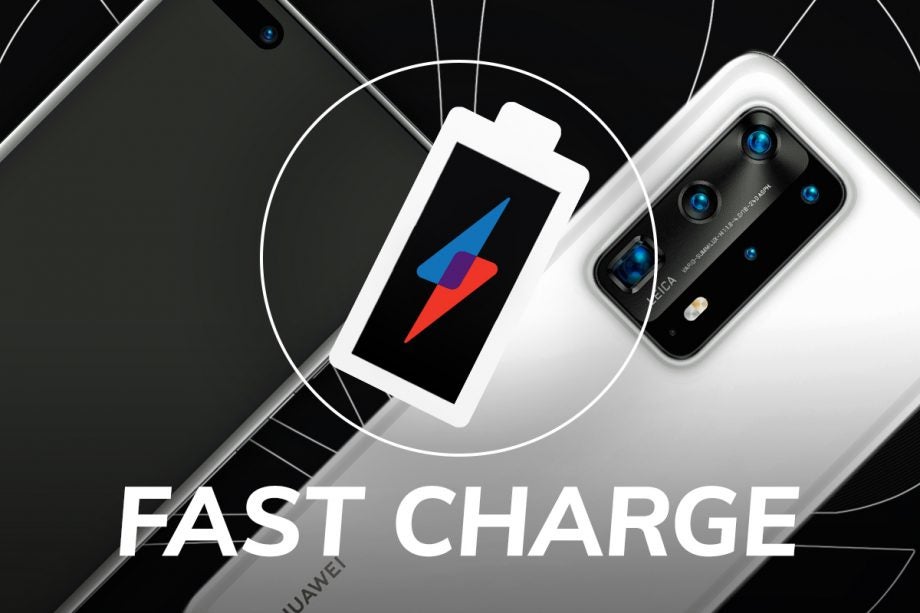Fast Charge: The Huawei P40 is the most important moment for Android since the Galaxy S2

The past few months have been a tough slog for Huawei. First, we saw the US throw an ongoing stream of spying accusations its way, then the coronavirus hit parts of its supply chain.
But, for us here at Trusted Reviews, there may well be a silver lining on the horizon – one that’s shaped like the hotly anticipated Huawei P40 family of phones.
Before I get tech-fanatics waxing lyrical about the new phones’ rumoured new cameras and spiffy new 5G connectivity, let me make one thing clear: this has nothing to do with the Huawei P40 or P40 Pro’s hardware.
Instead, for me, the silver lining will come from Huawei’s HMS Media services and AppGallery. For those that missed it, these are the replacements Huawei’s made for the Play Store and services, which it was blocked from using after the US government strong-armed Google into cutting the firm’s Android license.
In laymen’s’ terms, they’re the backend tech to handle stuff like mobile payments and the new app store that will feature on all new Huawei phones. The only important factor is that the P40 and P40 Pro will be the first phones to run the software out of the box.
Related: Best Android phones
This may sound small, and people with long memories will note Huawei isn’t the first to do this. Samsung and pretty much every tech giant under the sun has tried to launch its own app store at some point. But for me this could be a cataclysmic event that could shake up the world of Android in a way we’ve haven’t seen since the Galaxy S2 – the first decent Android phone that managed to challenge the iPhone – hit the scene many moons ago.
Not convinced? Think about the ramifications having a second, working, app ecosystem will have for Android, and phones in general for a second.
For years, Google’s Play Store and services have had a stranglehold on Android. Everyone uses them, and everyone pays Google a cut for the privilege – from the phone makers, all the way down to the individual devs flogging their wares.
This has been the accepted status quo for over a decade. But, for me, Huawei’s latest predicament puts it in a unique position to succeed where others have failed in their attempts to break the Play Stores’ monopoly.
There are loads of reasons for this; Huawei’s huge presence in markets that are already used to using alternative app stores like Russia and China, its deep pockets and brand recognition to name a few.
But even if you take all these away, the biggest reason is: Huawei doesn’t have a plan B. As it stands, the firm has made it clear, it still wants to be a power player in the Western phone market, not just in China. To do that it needs apps and a backend to run them. Outside of iOS, which Apple keeps to itself, there’s no other platform with Play’s reach.
So unless the US government suddenly decides to change its policy, Huawei will have to go all in and invest every resource and connection it has to make AppGallery work, if it wants to achieve its goals.
Related: Best smartphones
And being blunt, Huawei has a lot of resources that it could easily leverage to entice devs and companies. We’ve already seen it offer fiscal incentives to developers that put their wares on AppGallery, but it could go a stage further and offer competing OEMs free access to its services backend.
This would not only grow its presence, but it would also potentially get other OEMs interested in joining the fight and pushing non-Google stores to consumers. At the very least it should make companies question why Play deserves such a large cut.
If this happens, which is a big if, Google could lose a key revenue and data stream it has relied on to help run its advertising empire for years. What happens next would be anyone’s guess, but one thing’s certain: Google won’t take any loss of control and revenue lying down and even a tiny break in its armour will have massive repercussions for the entire mobile landscape. Which is why I think the P40 could be a cataclysmic moment that will help shape the next half-decade for the mobile industry.


